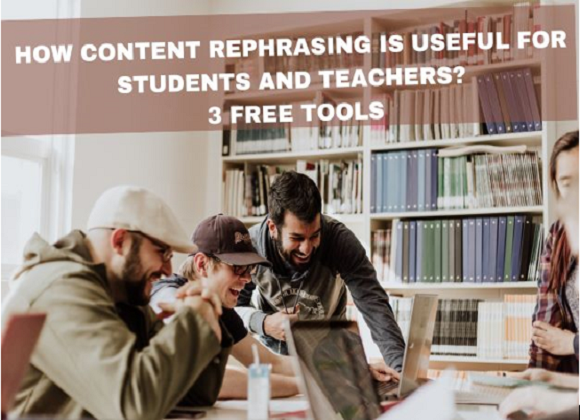"Successful maths users search for patterns and relationships and think about connections." - Jo Boaler.
Like a true mathematician, I have to abstract principles out of data and create a formula!
Hence I did that after years of teacher training too. My training draws upon the formula that I have created and named ERA. There are 3 aspects of teaching: Content, Process, and Product. I mostly focus on the process that leads to the product directly. Content is not in our hands anyway.
Objective: To scaffold systems for Teachers to think in a new way about the process of teaching Maths
Step 1 - Experience - E - Create an experience for them
In the words of Lewis and Williams (1994, p.5): “In its simplest form, experiential learning means learning from experience or learning by doing. Experiential education first immerses learners in an experience and then encourages reflection about the experience to develop new skills, new attitudes, or new ways of thinking.” The experiential methodology doesn’t treat each subject as being walled off in its own room, unconnected to any other subjects.
Whichever strategy I want the teachers to learn about, I immerse them into it like students. They do it. If it is a game, they play it. If it is art, they draw it. If it is a project, they engage in it.
 Experience what is Multiple Intelligence
Experience what is Multiple Intelligence
Step 2 - Reflect - R - They reflect on it
This is the tricky part when I give them space to think for themselves about how useful the strategy is in their setup. I tell them 'you are the cook. how useful is this recipe?' They get into groups and discuss. This is where I also learn to be open-minded and humble. For at least 1 group comes back with 'nice strategy ... but...'. Initially, I used to get into a scuffle. But over the years I have learned to humbly back off or adapt the strategy for their needs. This is the school of 'no perfect strategy exists'! With a change in my attitude, I find that they feel safe.
 Think and Discuss how useful is this experience
Think and Discuss how useful is this experience
Step 3 - Act - A - They act on it
Post step 2, the teachers are relaxed. They feel safe. Then they are ready for the final step, 'show me how you will integrate this in the next lesson that you are teaching'. Here they work freely as per their selected groups and come up with their ways. Then they share with others and it is a fun session with clapping and cheering.

ERA is not a mechanical tool to be emulated and followed. Within its core is a deep respect and connection with the human in us. That is the backbone. At any moment I am ready to change the sequence of steps I have planned for the workshop. The A is reached only if the facilitator is able to make the teachers feel safe enough to explore out of their shells.
There are no wrong answers in a training. If the teachers are thinking for themselves, it is going great! The clarity of their questions, their ideas, and their goals tells me how much they would implement in the classes.
Be a mindful and kindful facilitator!
About the author
 |
Monica Kochar started her career as a Maths teacher in 1993. She has years of experience as a Maths Curriculum Designer with leading education platforms. This write-up has been reproduced from ' Humane Maths ' with the Author's consent. Any views expressed are personal. |


